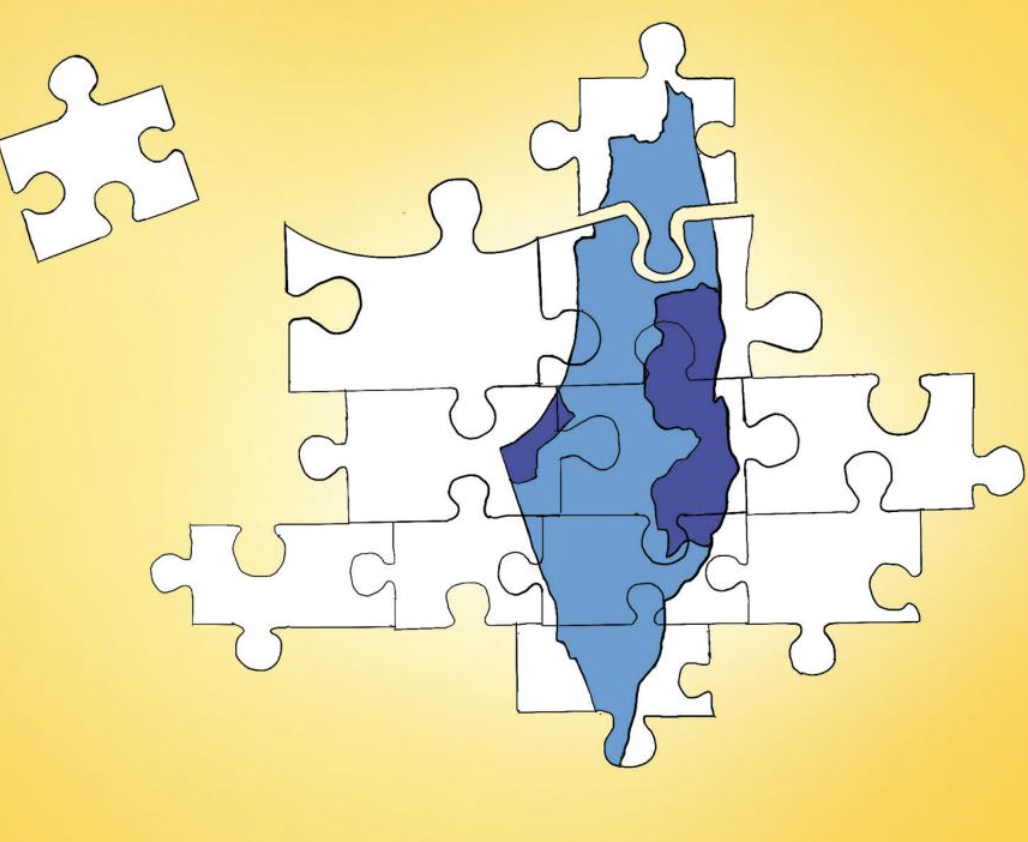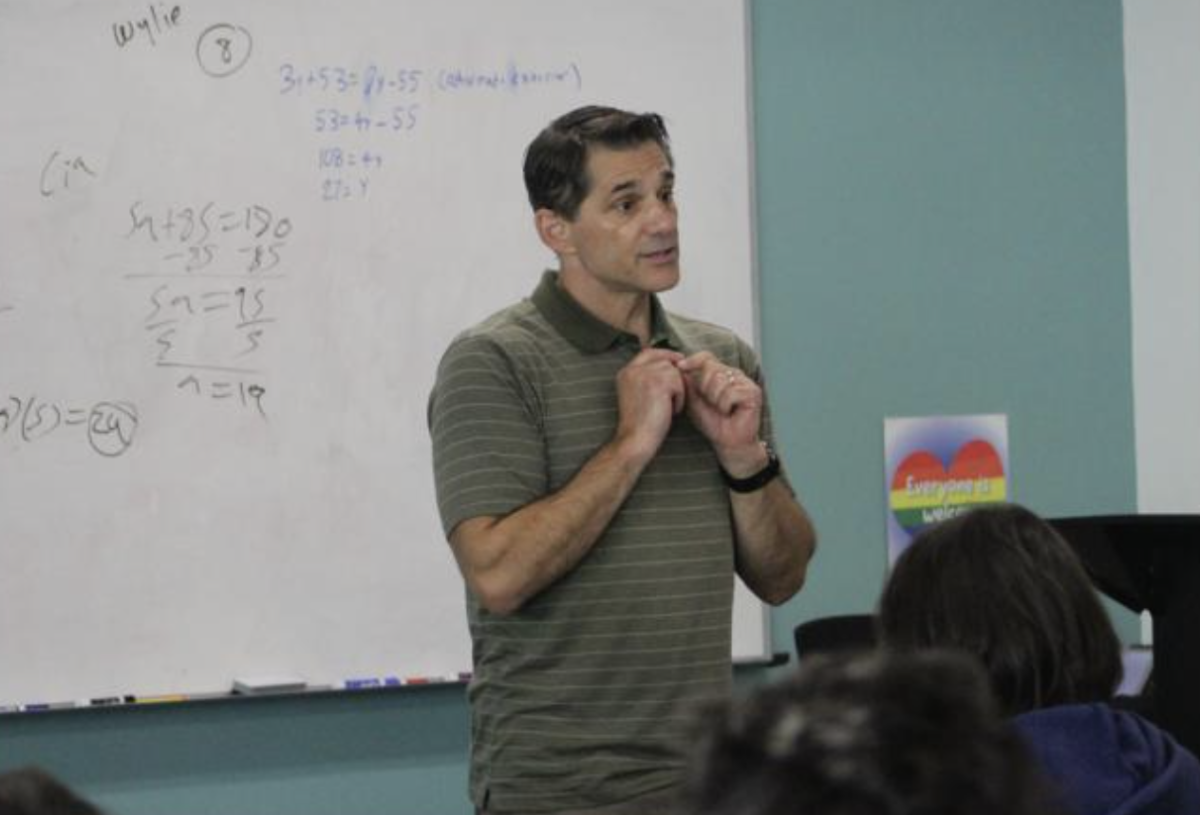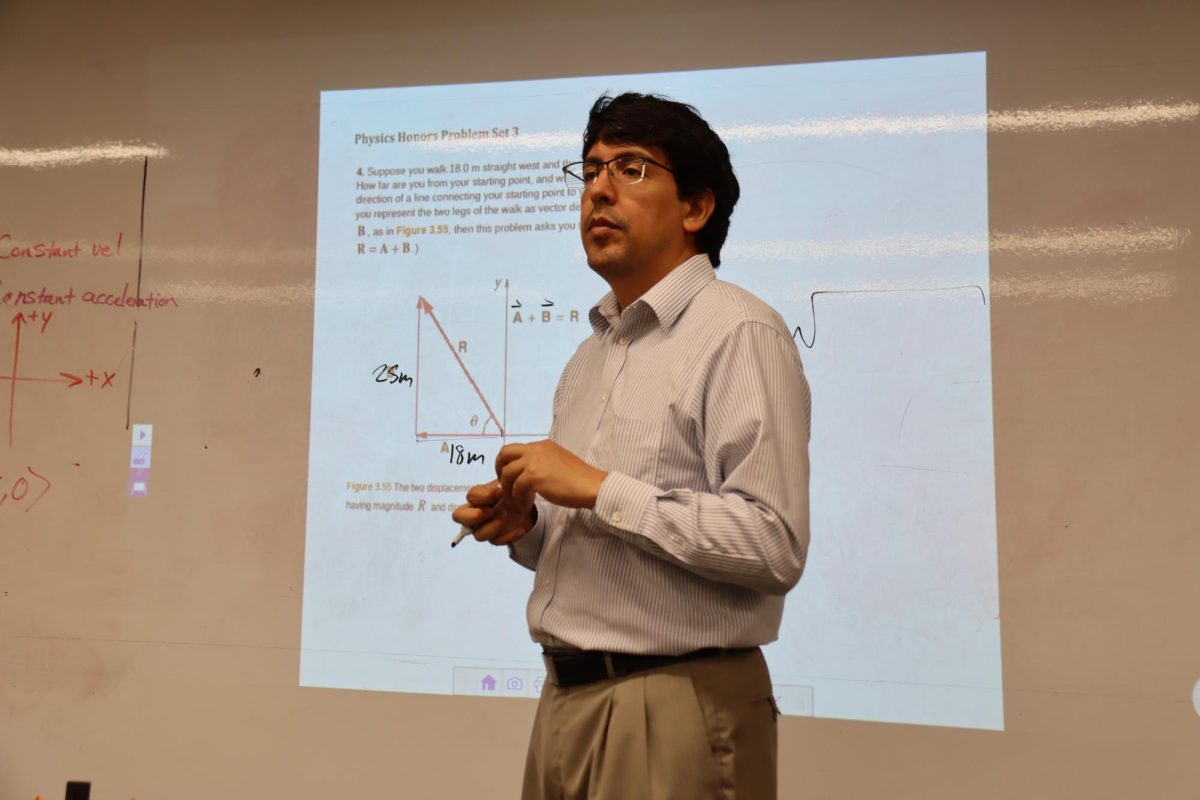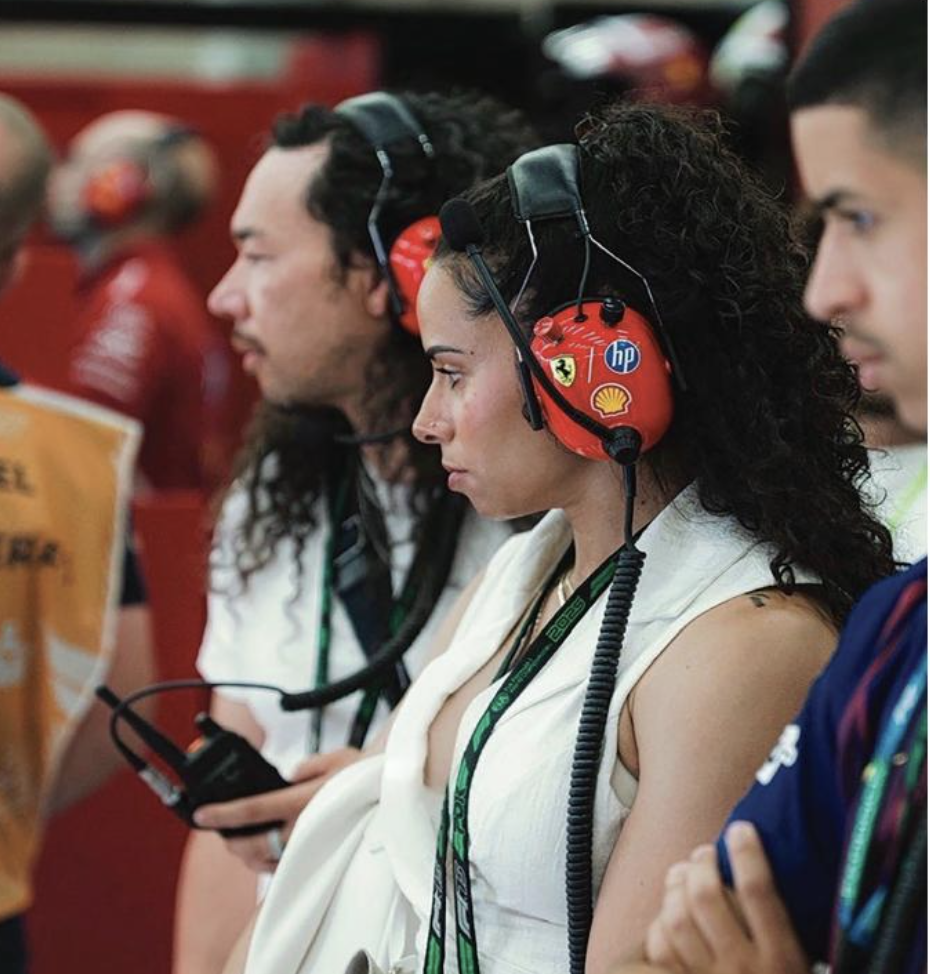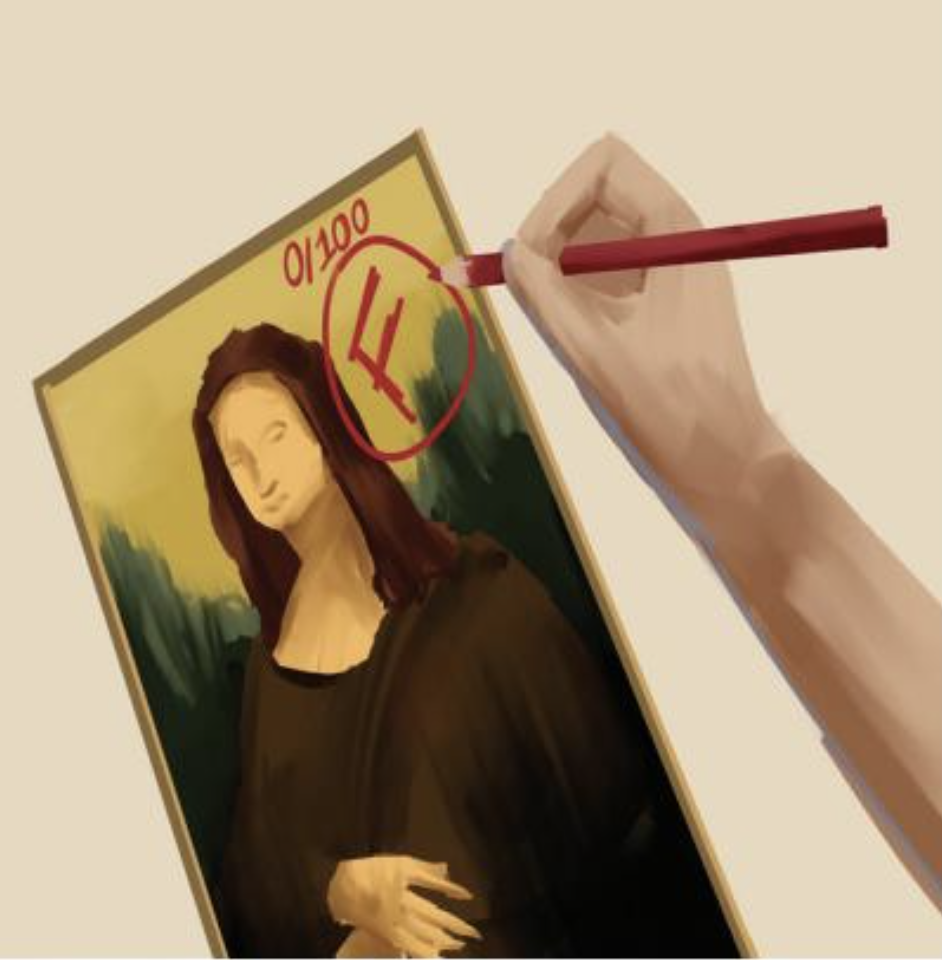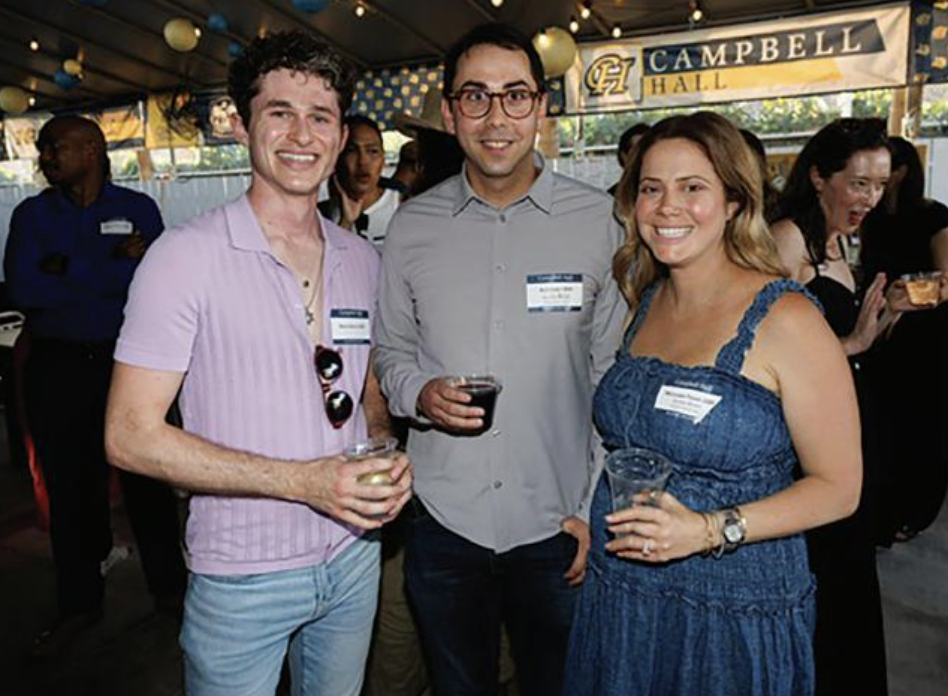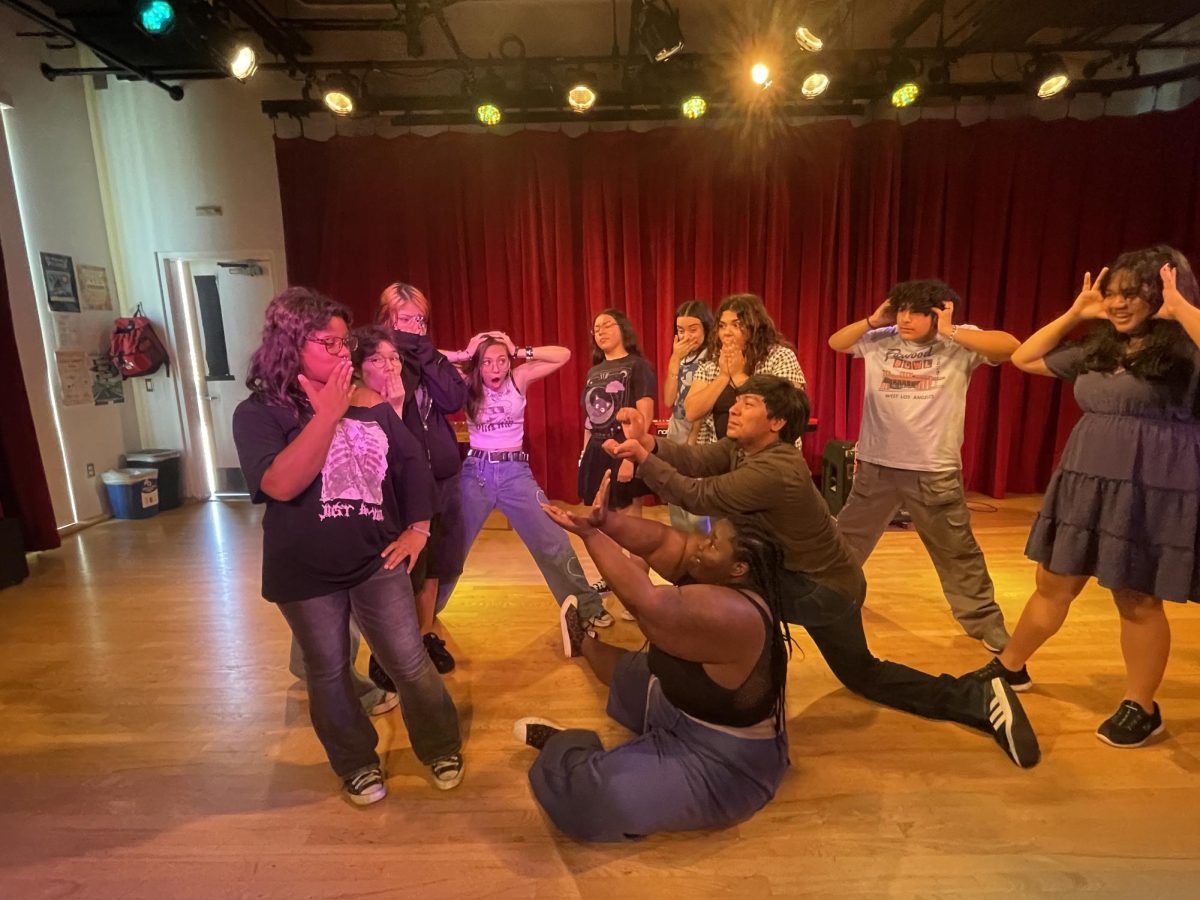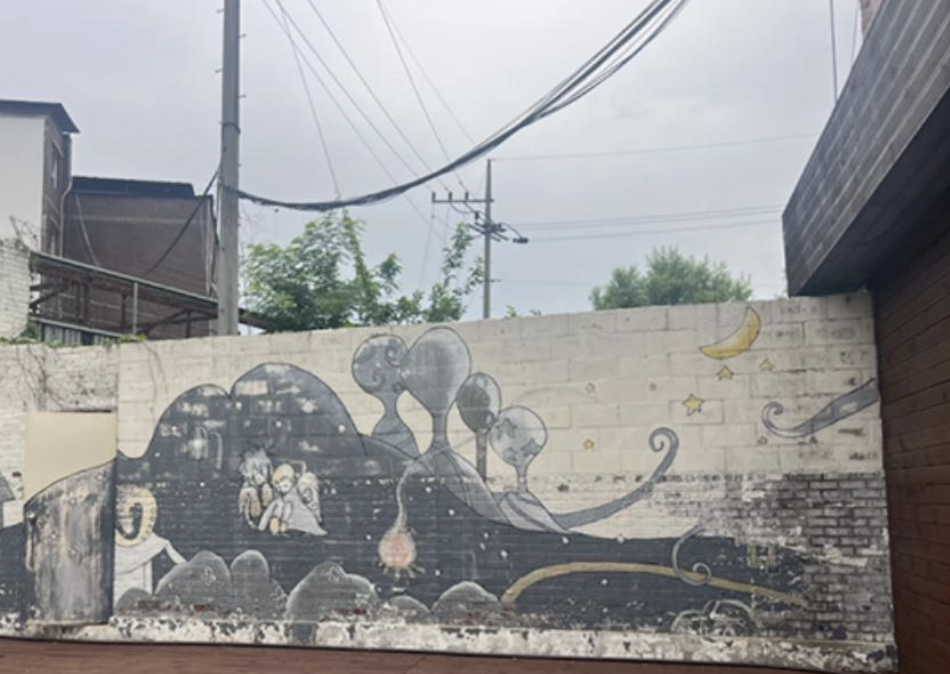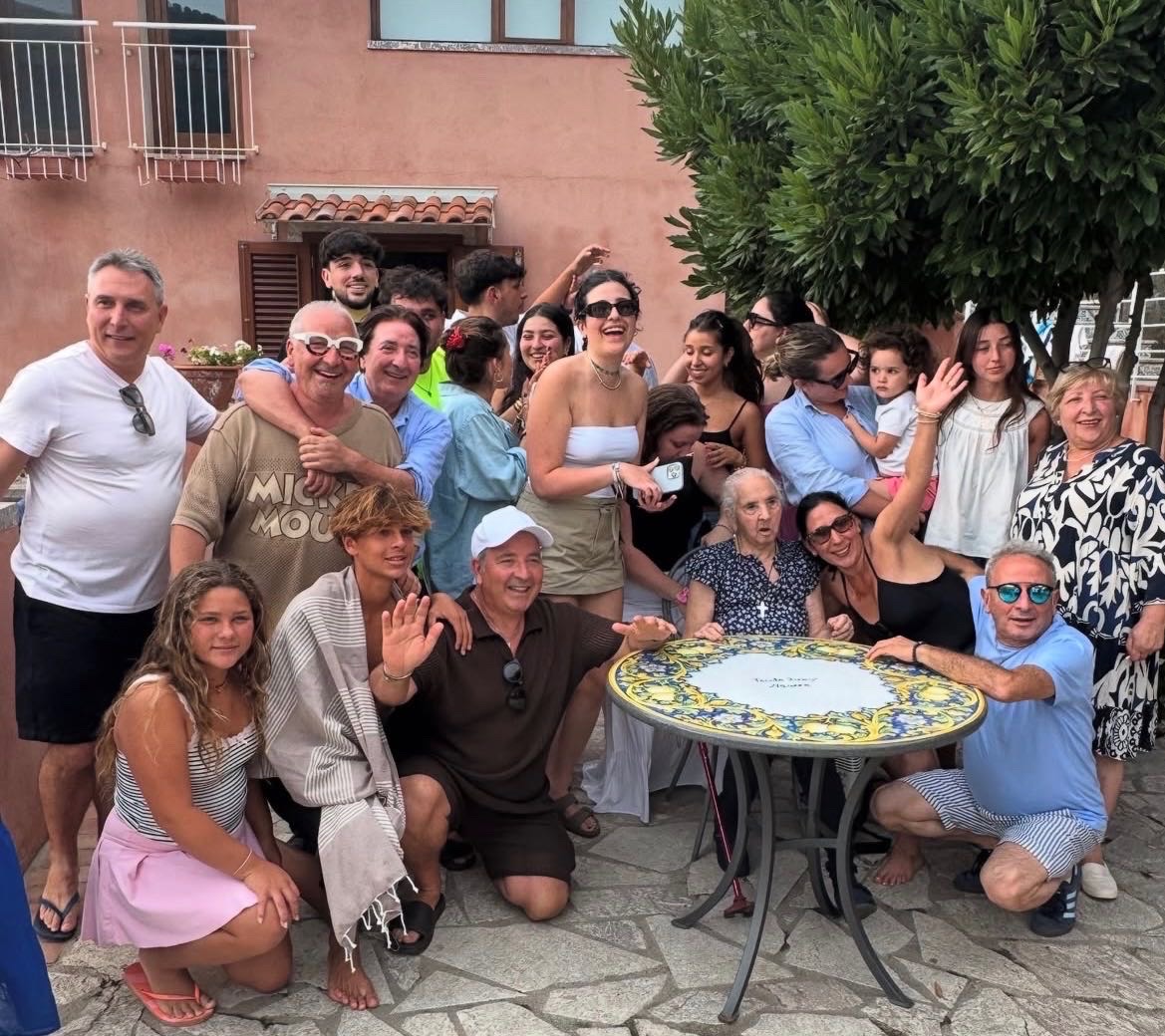80 percent of high school students report experiencing stress as their predominant emotion during a typical school day according to a Jan 2020 Yale University survey. Secondary schools across the United States grapple with the question of how to balance rigorous academics while maintaining student curiosity and creativity. Campbell Hall’s answer to this question is the Campbell Hall Advanced Inquiry (CHAI) course structure, which was introduced in 2018 and aims to match the rigor of Advanced Placement (AP) courses while simultaneously aligning with the Campbell Hall educational model.
Head of School Julian Bull claims that CHAI classes were created as a way to simultaneously match the rigor of AP courses and ensure that course material aligns with Campbell Hall’s mission of creating a community of inquiry. According to Bull, the initial push to transition many of Campbell Hall’s AP courses into CHAI came from concerns about student burnout and students lacking motivation and curiosity upon arrival at college.
“Our goal as an administration is to run a school where students aren’t just going through the motions, but rather finding a personal drive to learn more sparked from their own personal curiosity,” Bull said. “The development of the CHAI program has caused our school to engage [in] a lot of introspective conversations to discover how we can create an effective learning environment. As a college prep school, there’s going to be times where students are going to be forced to just grind it out, but we want to protect our students from that feeling as much as possible.”
Elena Malone, CHAI Coordinator, and CHAI Modern World History teacher, feels that in the CHAI course she teaches, students are more independent and in control of their own learning experience than they were under the AP course structure. Every month, Malone meets with other CHAI teachers to ensure they are following the ideals that align CHAI classes with the overall Campbell Hall educational philosophy of promoting a community of inquiry.
“[Since we switched from AP to CHAI] I have observed much more student interest in my class,” Malone said. “I feel that compared to AP courses, CHAI forces students to be the drivers of their learning. By the end of the year, what we’re finding is [that] students are more self-motivated and go off to college more prepared to learn on their own.”
One teacher who engages in dialogue with Malone in the development of his CHAI class is Greg Williams, the CHAI Physics teacher. Once his AP Physics class switched to CHAI, Williams had much more freedom to choose what to do with the extra two months that weren’t spent studying for an AP test. He decided to spend the extra time teaching large hands-on projects like bridge building and bottle rocket launches. Williams believes these projects are much more worthwhile than studying for a standardized test and that his students are overall more engaged in class.
“[In AP Physics], we spent so much time reviewing that, [although] students did really well on the test, that came at the cost of student engagement,” Williams said. “Overall engagement has improved dramatically and I personally have a much better time teaching students who have that eagerness to learn.”
On the other hand, Elizabeth Santonastaso teaches one of Campbell Hall’s remaining AP courses, AP Spanish Language and Culture. Having served as an AP reader for The College Board, Santonastaso has an intimate understanding of the AP test itself and applies this knowledge as she crafts the curriculum for her students. Although she doesn’t personally take the assessment, Santonastaso claims that the annual AP test gives her the opportunity to be impartially assessed as a teacher.
“My ultimate goal as an educator is always to prepare students for whatever comes next after high school,” Santonastaso said. “Hearing from alumni who previously took my course speak to me about how they felt poised and ready for college because of the preparation my course provided fills me with so much joy and delight.”
Sage K. ‘25 who has taken both AP and CHAI classes, has experienced the results of these course-changing decisions firsthand. Sage feels that while the benefit of AP classes providing college credit is undeniable, he ultimately prefers the CHAI format and how they emphasize a more inquiry-based environment. Despite this preference, he feels that there isn’t a major difference in classroom culture between AP and CHAI classes.
“I really admire the administration’s efforts to craft the CHAI system,” Sage said. “It depends on the class, but I feel that in every CHAI class, I’ve felt that there was a greater emphasis on my needs and interests as a student, rather than just a grind preparing for a test. Because CHAI and AP classes are both optional, the community of interested and engaged students that are formed within these classes, and in my mind, is what really makes these courses impactful.”

